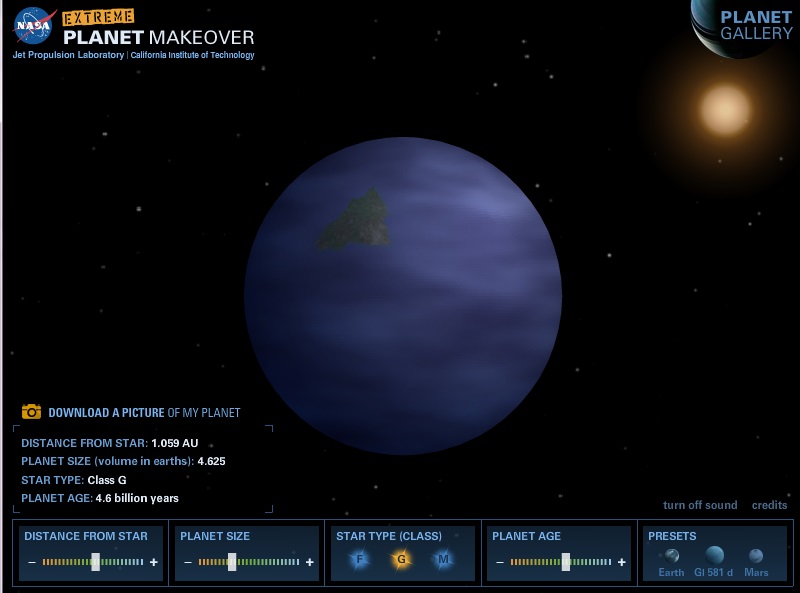 More Exoplanets!
More Exoplanets!
I expect posts announcing confirmations of new exoplanets to become fairly regular over the next few years. We (well, Dr. Jack and his team, and Dr. Jason and his team) confirmed more exoplanets!
The Upshot
Dr. Jack (Lissauer) and Dr. Jason (Rowe) confirmed 715 new planets out of the 4 years of planetary candidate data collected by NASA’s Kepler mission between 2009 and 2013. Our confirmed total is now 1792 1690, according to the Kepler team, though not all discovered by Kepler.
Why is this Important?
Batch Processing via Probabilities
This is a meaningful discovery not simply because that’s 715 more planets that aliens might live on, but also because Jack and his team figured out a way to confirm planets in the Kepler data much faster than anyone else, so far. If you remember when Craig Vetner and Celera scooped the Human Genome Project and quickly produced what was then called the first complete human genome, this is a similar breakthrough (hopefully less controversial!).
Jack & Jason’s team uses probabilities to determine if candidates are actually planets. Read more about it in the press release.
What counts as dead, for a mission?
If you remember last May, you’ll have a vague inkling about some news that the Kepler spacecraft had finally failed. This is somewhat true, but misleading if you remember it like that. The third gyroscope (stabilizer) onboard Kepler failed, making it so it could no longer point accurately enough to continue the extension of the original mission.
Lucky for us, not only had Kepler already finished it’s original mission and a continuation, but we still haven’t finished processing all the data from the original mission. This latest press release is just the beginning of a slew of announcements confirming more and more exoplanets out of that collected data. There are over 3,000 more candidates yet to confirm.
Beyond that, there is a new mission proposed for Kepler, using only the two remaining gyroscopes. This mission is called K2 and hopes to study “planet formation processes, young stars, stellar activity, stellar structure and evolution, and extragalactic science” by examining other parts of the sky that are easier to point at steadily with two reaction wheels.
All in all: it’s not dead yet!
Some Details
Numbers, numbers, numbers!
You know I’m more a fan of comparisons in blog posts, rather than focusing on numerical values, but these ones are neither so large nor so small as to be mind-boggling, they’re just cool:
Total Confirmed Exoplanets, as of today: ~1792Confirmed Exoplanets from Kepler: ~1656Confirmed Exoplanets from other sources: ~136All current Exoplanet Candidates from Kepler: 3,8457286 sources identified by Kepler, including the ones that aren’t planets
Whoops! Some of my numbers are a bit off. Here’s the fix (Thanks Toshi!)
- Total Confirmed Exoplanets, as of today: ~1690 (depends on exactly which database you use)
- Confirmed Exoplanets from Kepler: ~961
- Confirmed Exoplanets from other sources: ~729
- All current Exoplanet Candidates from Kepler: ~3,845
- ~7286 sources identified by Kepler, including the ones that aren’t planets (no change)
The source of my error was mostly the database I chose to use and it’s lack of recent updates.
SO, I turned this into “batting averages” for Tom Hutyler since he’s always asking me for stats on my astronomy reports! Kepler currently rests at .227 .132 and can only go up from there, with a top-out possibility at .755 .528. I suspect we’ll have a good mostly-final “batting average” in about two years, based on how much data is left. I also suspect it will be on the high end, but that’s just a guess… or a friendly wager if you care to take it.
There is a press release out there that says these 715 planets have tripled the number of confirmed exoplanets. I can’t work that out with all the numbers of planets I can find. So don’t say tripled” unless you can back it up. And please comment if you can figure out how 715 more planets triples what we knew of before. Toshi helped! Thanks!
Want More?
If you’re trying to doodle around on the internet for a while more, go play with the Extreme Planet Makeover game from NASA!
Where I got my numbers: Exoplanet Archive:1077; Kepler before today: 941; Kepler totals.
![]()
~ A l i c e !





